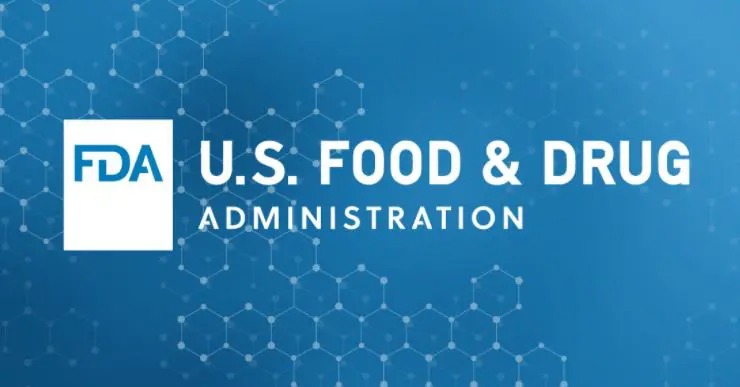
Follow WOWNEWS 24x7 on:

The US Food and Drug Administration (FDA) has officially declared the end of the prolonged shortage of sodium chloride 0.9% injection products, a vital form of intravenous (IV) saline used across the country. This announcement marks a significant achievement for public health and healthcare providers, assuring consistent access to essential life-saving fluids.
Key Highlights:
The shortage primarily originated from damage to Baxter International’s manufacturing facility in Marion, North Carolina, caused by Hurricane Helene in late 2024, which disrupted production of about 60% of the nation’s IV fluid supply.
The shortage forced many hospitals to limit elective surgeries last year and manage resources cautiously to meet patient needs.
The FDA worked closely with the Administration for Strategic Preparedness and Response and industry partners to swiftly expand manufacturing capacity and stabilize the supply chain.
Regulatory actions taken by the FDA included expedited reviews, facilitating temporary importation of intravenous products, and extending product expiry dates.
Despite this resolution, the FDA continues to monitor and collaborate with manufacturers on other IV fluid shortages still affecting the healthcare system.
The restoration of supply at Baxter’s North Carolina plant, which produces approximately 1.5 million bags daily, was critical in alleviating the shortage.
The shortage highlighted vulnerabilities in the US medical supply chain caused by heavy reliance on a few manufacturers and production concentrated at limited facilities.
The FDA reiterates its commitment to preventing and mitigating future shortages to support a strong and resilient drug and medical product supply chain.
Background and Impact:
The shortage first intensified when Hurricane Helene inflicted severe damage on Baxter’s Marion facility, a key producer responsible for a majority of sodium chloride IV solutions and peritoneal dialysis fluids. The disaster underscored the fragility of the US supply chain, concentrated among four major manufacturers: Baxter International, B. Braun Medical, ICU Medical, and Fresenius Kabi.
The disruption led to critical challenges in hospitals nationwide. IV fluids are indispensable for delivering nutrients, hydration, and medications to patients. Shortages jeopardized routine medical care, particularly elective surgeries, which many hospitals postponed to conserve the limited supplies for acute cases. Health care providers reported significant inventory constraints, managing some with only a few days’ supply remaining.
FDA’s Response and Industry Collaboration:
In response to the crisis, the FDA implemented multiple strategies to boost supplies:
Accelerated regulatory assessments and approval processes for production scale-up.
Temporary importation allowances for relevant intravenous solutions.
Coordination with manufacturers to increase output and extend product shelf life.
Continuous monitoring of supply levels and patient care needs to guide regulatory decisions.
The agency’s partnership with manufacturers and federal preparedness agencies facilitated the restoration of the supply chain. By May 2025, Baxter confirmed its inventory was fully replenished, helping lift the shortage status off key IV saline products.
Ongoing Challenges and Outlook:
While the sodium chloride saline shortage has been resolved, other IV fluids remain scarce. The FDA remains vigilant and engaged with manufacturers to address ongoing shortages in IV solutions like dextrose and lactated Ringer’s.
This shortage experience is a call to national action on strengthening the resilience of drug manufacturing and supply chains to prevent future disruptions. The FDA’s new programs aim to simplify and expedite domestic drug production capacity expansion, reducing reliance on concentrated sources and mitigating risks from natural disasters.
The FDA continues to emphasize the importance of reliable medical supplies for patient care and healthcare system stability. Resolving the IV saline shortage represents a critical step forward, giving hospitals, clinicians, and patients renewed confidence in access to essential treatment materials.
Source: US Food and Drug Administration Announcement, Reuters; The Hill; US News; Bloomberg Law.


